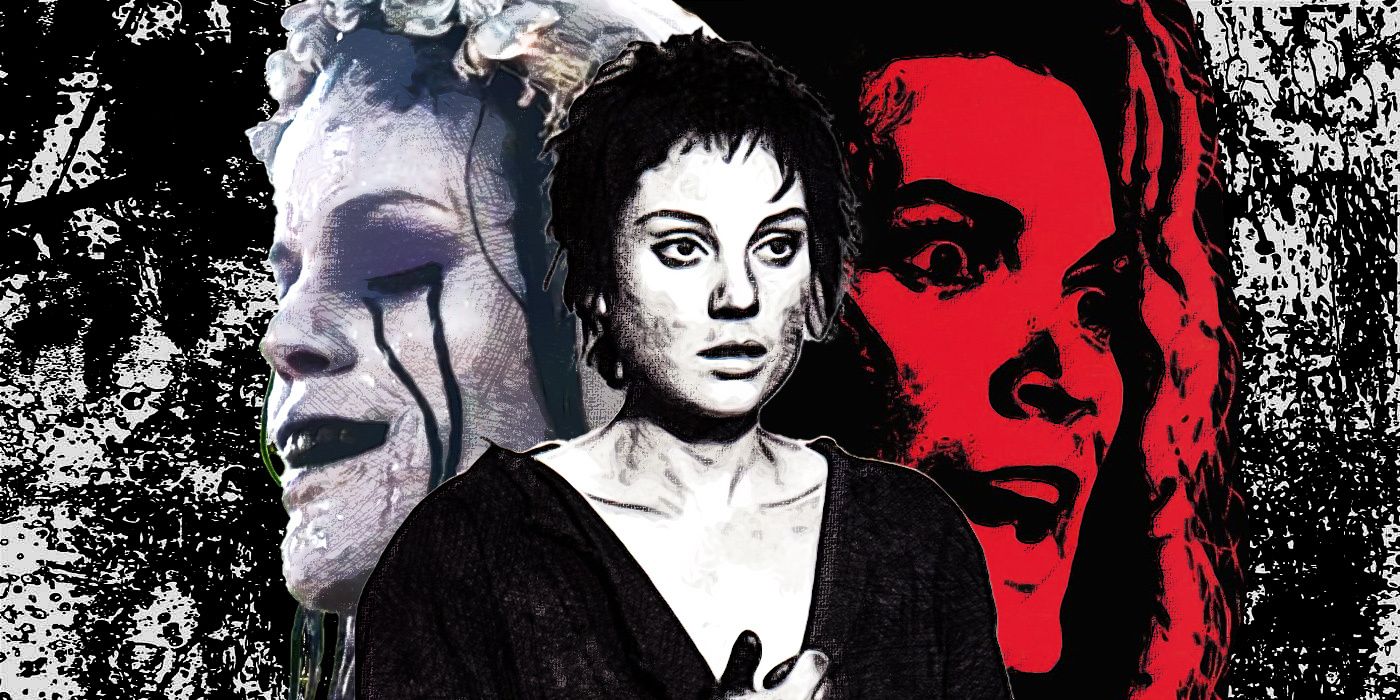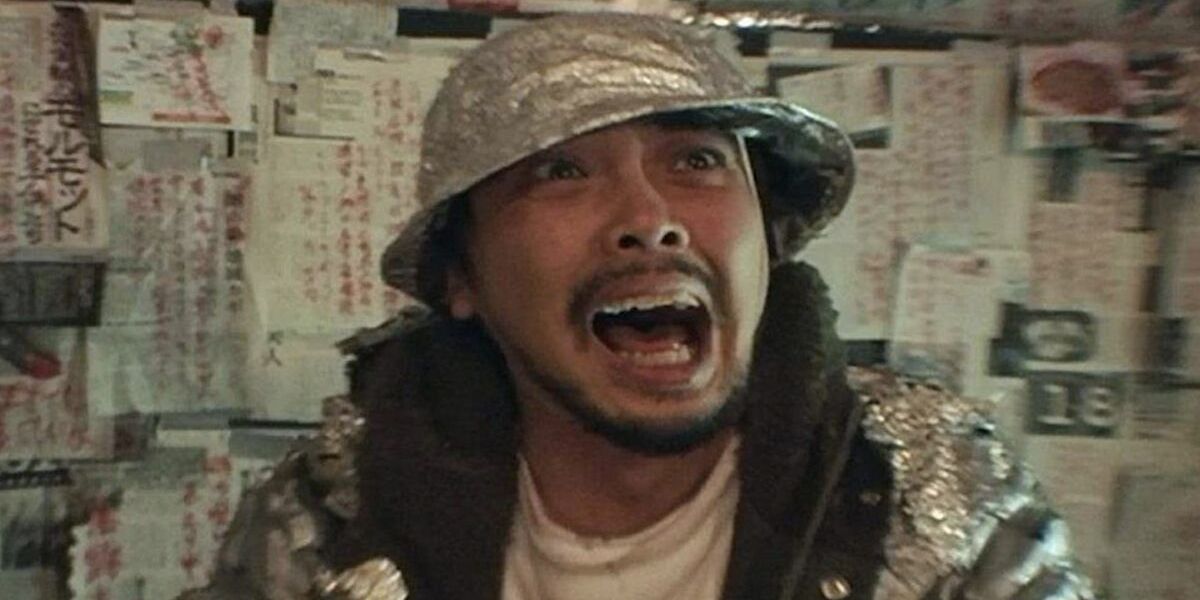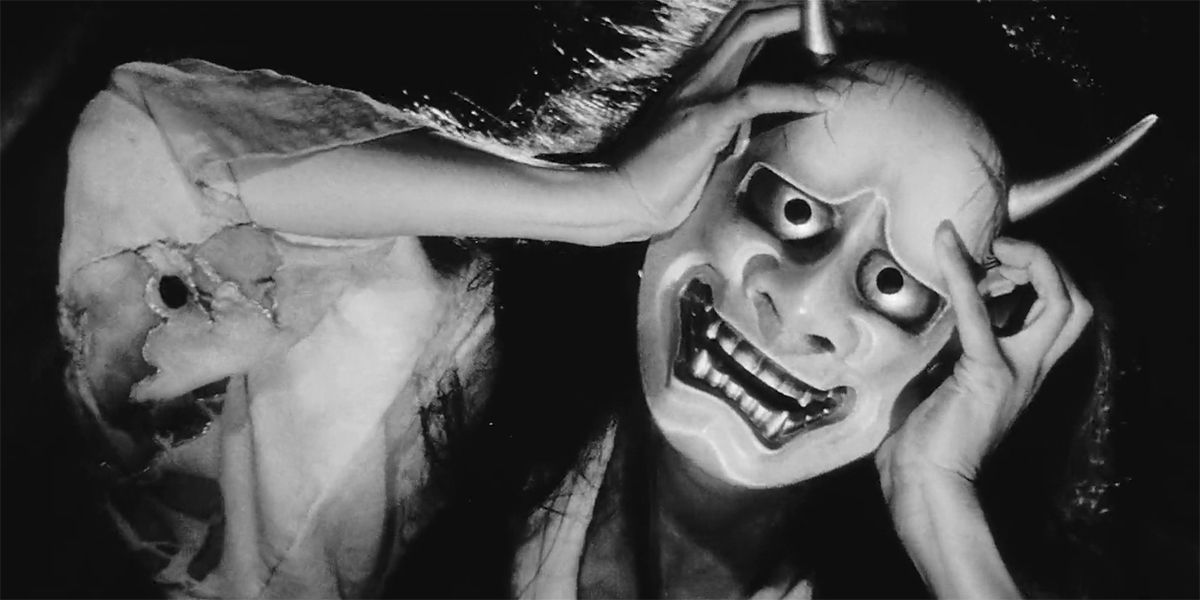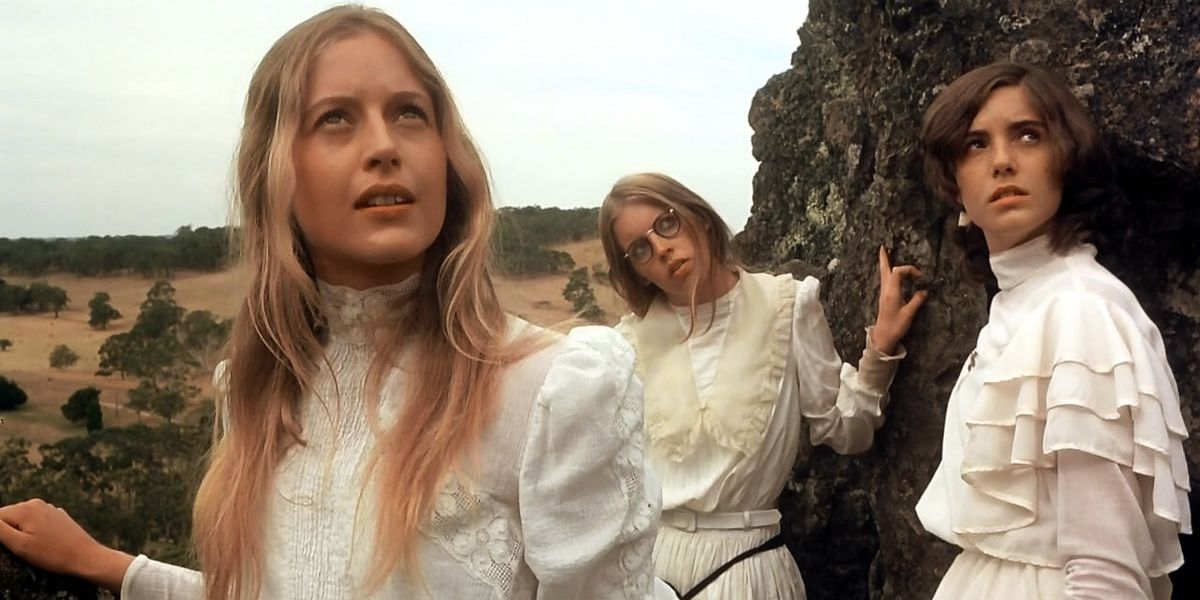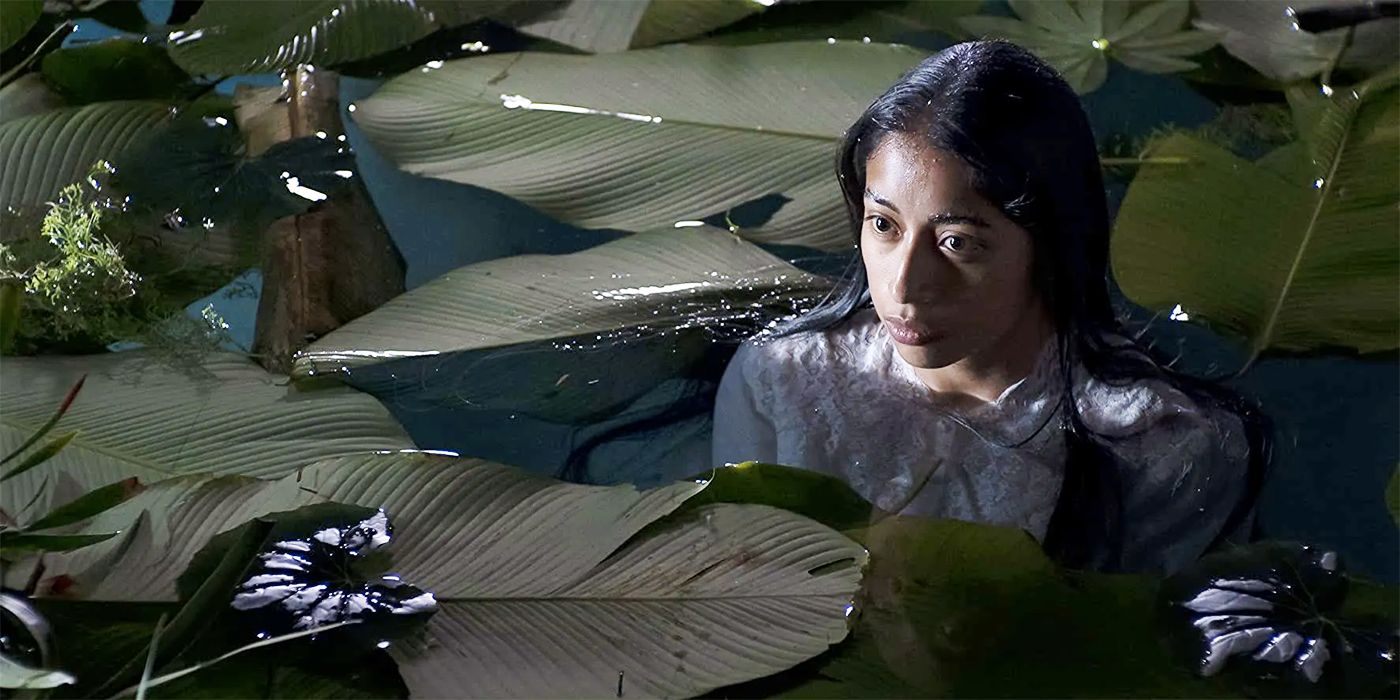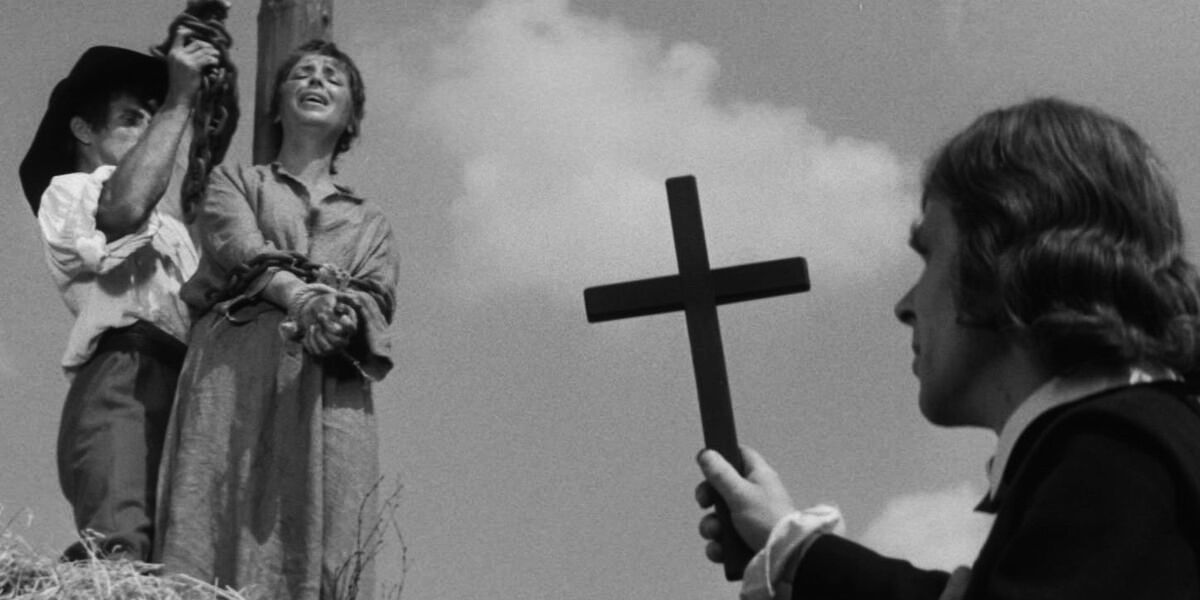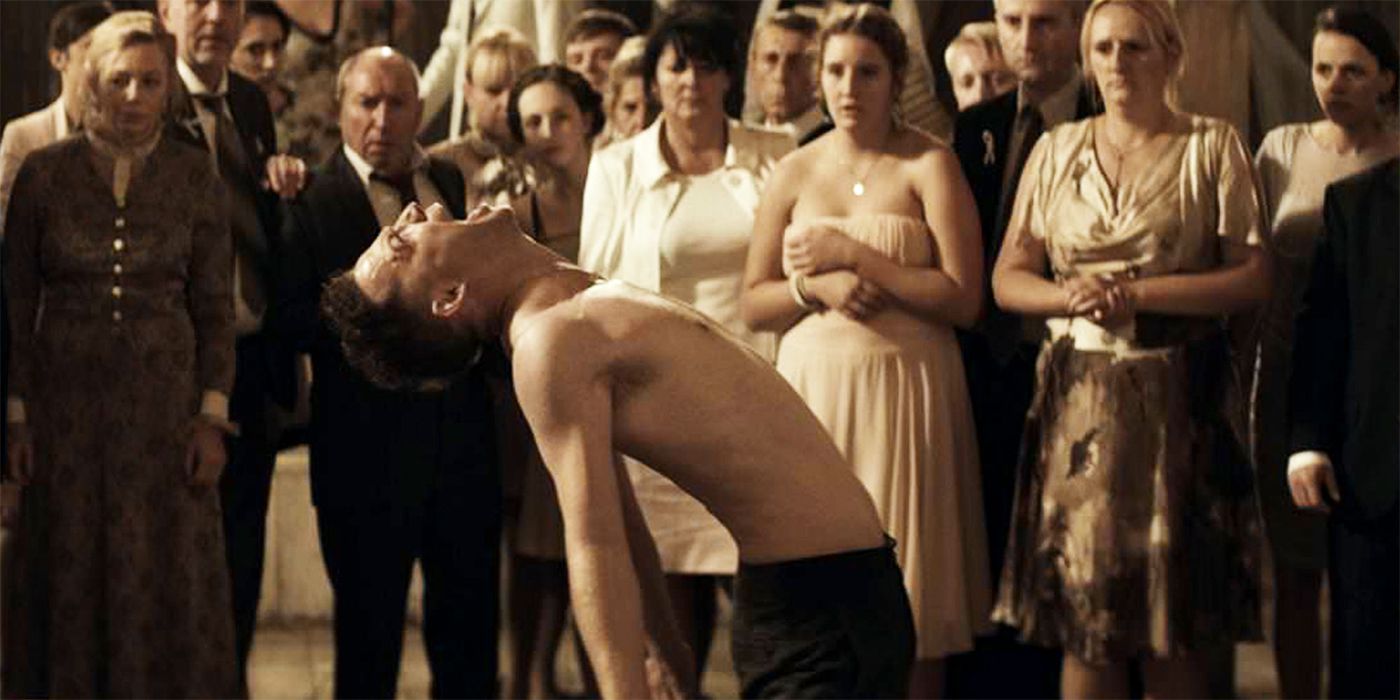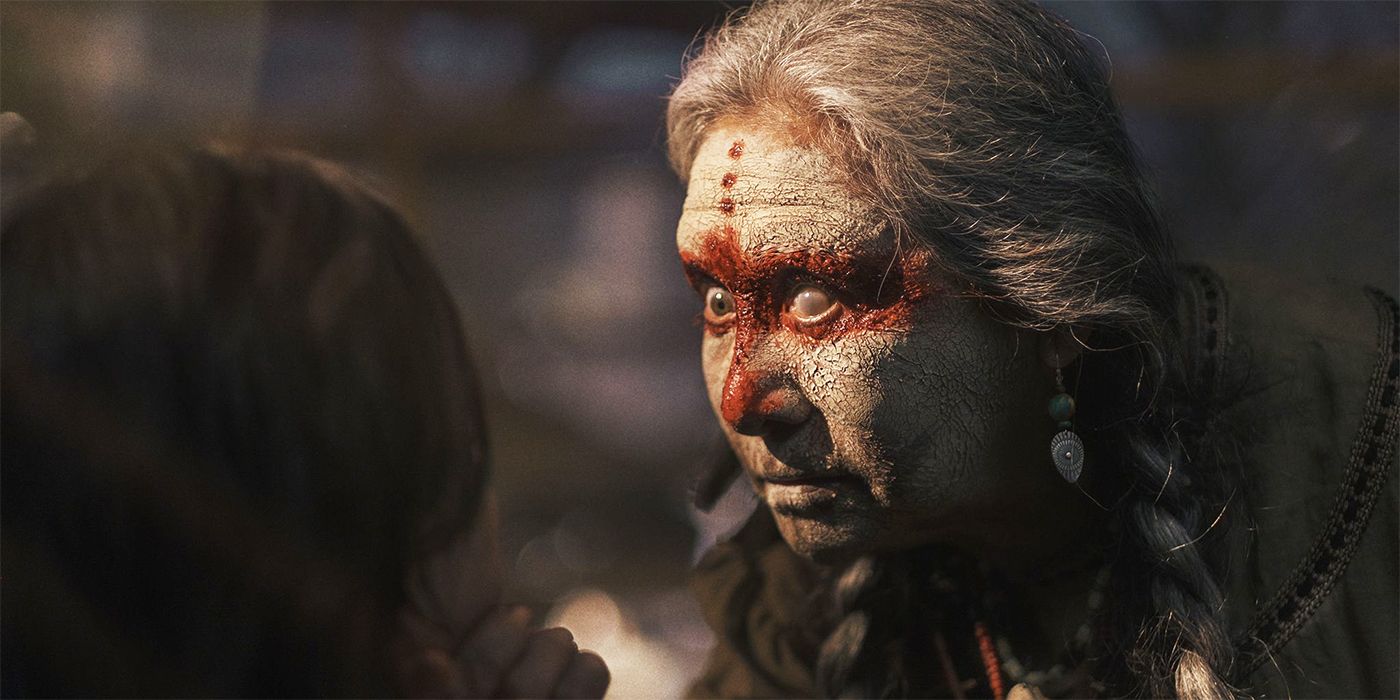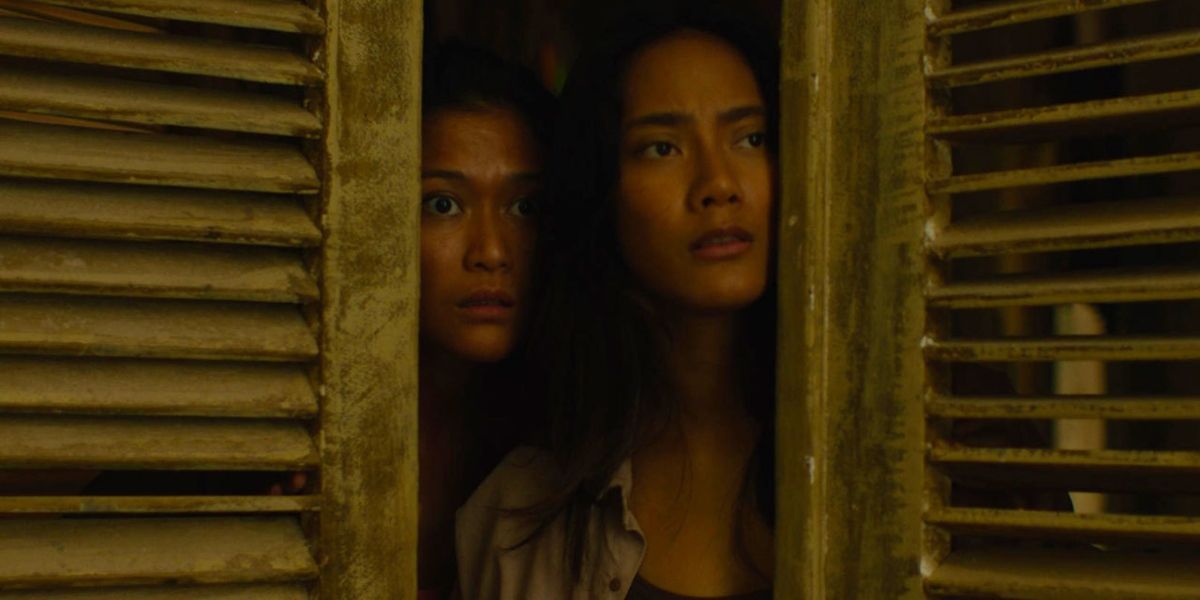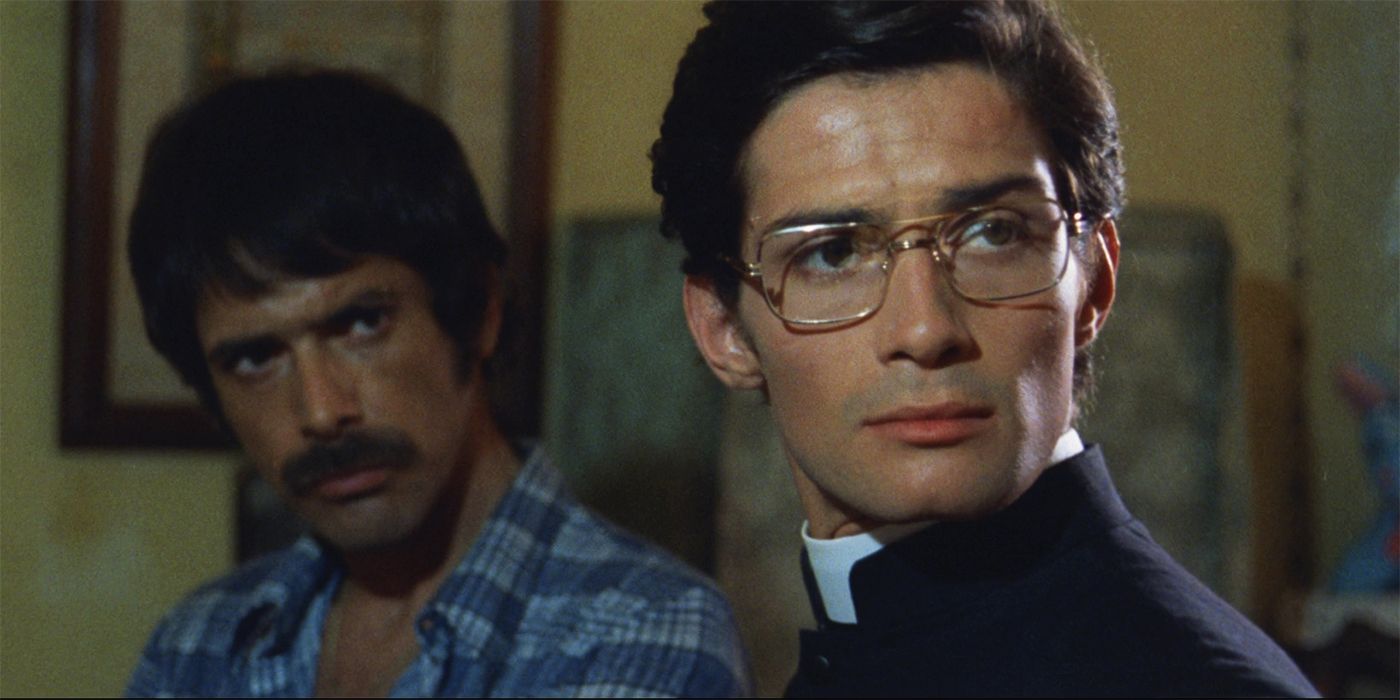Folk horror can be more than British and American movies, the subgenre has a love for isolated landscapes, old traditions, and human violence. Ancient religions and old stories of what lies in the dark are found across the globe. In Indonesia, Impetigore, has a young woman return to her childhood village only to find out it’s cursed. Guatemala gave La Llorona, using the colonizing roots of the water spirit to talk about the country’s very real indigenous genocide. Over in Poland, its countryside becomes targeted in Demon by a creature from Jewish mythology.
What makes the following movies even more unique, are the culturally significant elements used. Rock formations in Australia bring out the fears of nature and the unknown.Superstitions on witchcraft are kept alive in a rural Italian village, along with its violent tendencies to find the culprit. In folk horror, peace between outsiders and closed-off communities fracture quite quickly--the passing of time becoming something dangerous.
Noroi: The Curse (2005)
Told through found footage, a paranormal researcher investigates mysterious events. That sounds simple enough--but from the beginning, audiences know bad things are on the horizon. Masafumi Kobayashi, played by Jin Muraki, has a number of books and docs to his name, all on paranormal activity around Japan. When a young girl who broadcasts her psychic abilities on TV disappears, Kobayashi gets his new subject to cover. It takes him to a religious village which once performed rituals for a demon. When the village started to undergo modern changes, the potential bright future was corrupted by a past that didn’t wish to get left behind.
Onibaba (1964)
This Japanese movie centers on two women, one older and the other younger. During the 14-century, the two of them attack soldiers, stealing their possessions. A civil war is occurring, driving many people into such desperate acts of survival. When a wandering soldier appears, he’s wearing a Hannya mask, a horned face with an unnatural mouth. It’s an iconic visual of the movie. The older woman deals with the soldier accordingly, stealing his belongings and that mask. It’s a wrong move for her. The remote land would be beautiful, if it wasn’t filmed to be threatening. Tall susuki grass is nearly everywhere, the perfect hiding spot for the women to perform their thieving.
Picnic at Hanging Rock (1975)
This Australian movie unnerves by not showing but implying something terrible. It’s dream-like, with a constant summer aesthetic. A teacher brings a class out to Hanging Rock for a Valentine’s Day trip--they are never seen again. The location is a very real one, one with a devastating history. The original Aboriginal tribes that occupied the land, were pushed out by colonizers. In Picnic at Hanging Rock, nature itself becomes a character, more specifically the rock formations of Hanging Rock that seem to bewitch those who go near.
La Llorona (2019)
An elder war criminal and his family are confined to their mansion, as the past comes back to punish the patriarch. A former Guatemalan dictator, Enrique Monteverde (Julio Diaz) is tried for the genocide he ordered against native Mayans. While protests rage outside the mansion during the day, the nights bring the sounds of a woman’s weeping. Then water throughout the house is being disturbed. Faucets turn out without anyone doing so. It’s obvious what is happening, the water spirit of La Llorona has her eyes set on the dictator and his faithful loved ones. From Mexico to South America, there are various versions of La Llorona. But what director Jayro Bustamante latches onto are the stories with a focus between colonizers and indigenous women, basing his fictional dictator on a very real one.
Witchhammer (1970)
Two older woman conceal communion bread to give to a cow that hasn’t produced milk. The seemingly harmless act ignites one hell of a firestorm. A priest finds out, and soon an inquisitor is brought into the situation. Taken from Czechoslovakian history, Boblig (Vladimír Šmeral) takes charge over a series of trials, using the infamous, Malleus Maleficarum, as a helping source. That literature had a specific purpose. The Catholic authored pages encouraged brutal torture methods to pull confessions from “witches.” Power-hungry, Boblig believes his own lies, with little concern to the increasing numbers of the accused being burned at the stake. The Northern Moravian trials from the 1600s wasn’t the only inspiration for director Otakar Vávra. The theme of absolute, corrupting power is also very influenced by the Communist regime in Czechoslovakia, an oppressive rule which remained active at the time of Witchhammer's release.
Demon (2015)
By the late director Marcin Wrona, comes this Polish movie. A wedding part goes to hell when a bride’s family try to hush up the possession that has taken hold of the groom. The Jewish legend of the dbbyuk is used, a wandering spirit searching for a body to inhabit. But this is not the movie’s monster. Piotr (Itay Tiran) remembers little of his ancestral language as he is set to marry the polish Zaneta (Agnieszka Zulewska). But when he unearths something on her family’s rural estate, Piotr learns how far his future-in laws are prepared to go to ignore the family secret going back to the Holocaust.
The Old Ways (2020)
Cristina (Brigitte Kali Canales) is a Los Angeles journalist who returns to her hometown in Veracruz, Mexico. She plans to do a story on witchcraft, but it isn’t long before she, herself, is thrust into the center of it. A bruja of this remote community orders an exorcism, seeing signs the journalist is possessed. There are an abundance of possession movies, this one tries to do things differently. The exorcism and its series of rituals are used as a means to discuss depression and drug addiction.
Impetigore (2019)
Right from the opening, director Joko Anwar knows how to jolt the audience. A young woman is attacked, and the why leads to a mystery found in her parents’ rural village. But heading back will be her biggest regret. The villagers are inflicted with a curse and only bloodshed can save them. In this Indonesian movie, Anwar uses wayang, a traditional performative art of using shadow puppets, to tie into the secret of the curse. As to the answers they provide, they might remind you of childhood scary stories.
Don’t Torture a Duckling (1972)
An Italian giallo from Lucio Fulci finds a village where witchcraft superstitions persist. And it’s gotten dangerous. Unsolved child murders make the villagers believe a local witch is responsible. The police get involved but their methods don’t stand a chance against the recklessness of the villager’s growing fears. They don’t trust outsiders, so it doesn’t help the news media wish to capture the scandal. But as the villagers fall into paranoia, the outsiders could be the ones to stop the killer. The mountainous terrain of Southern Italy confine this village, this seclusion only feeding into their hysteria.

